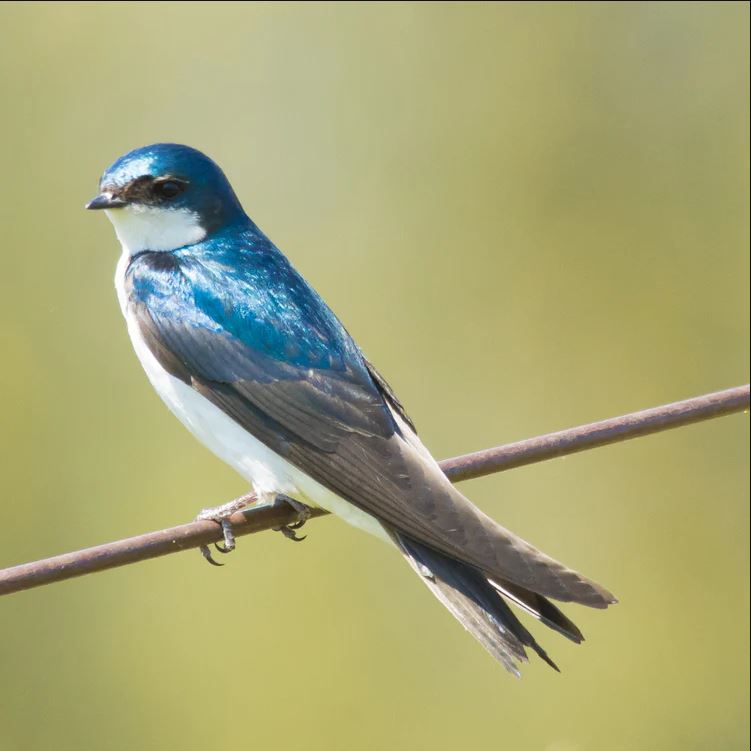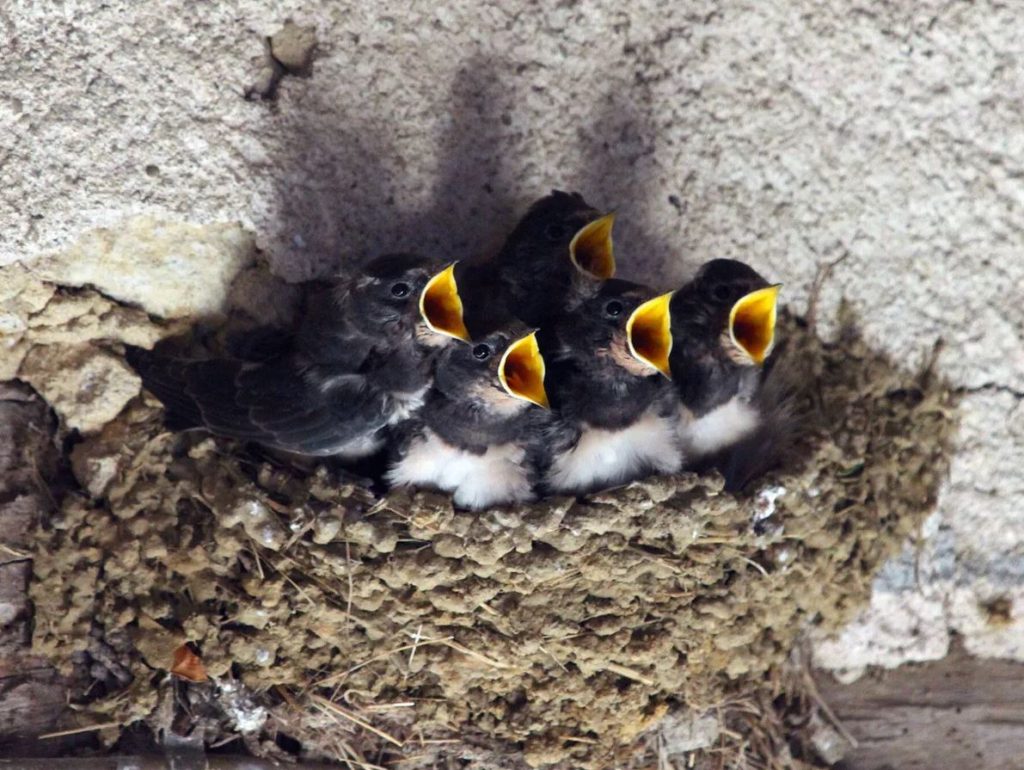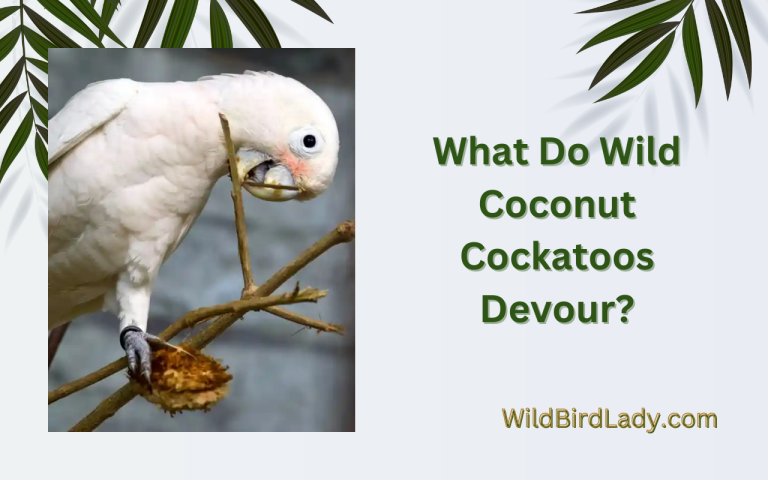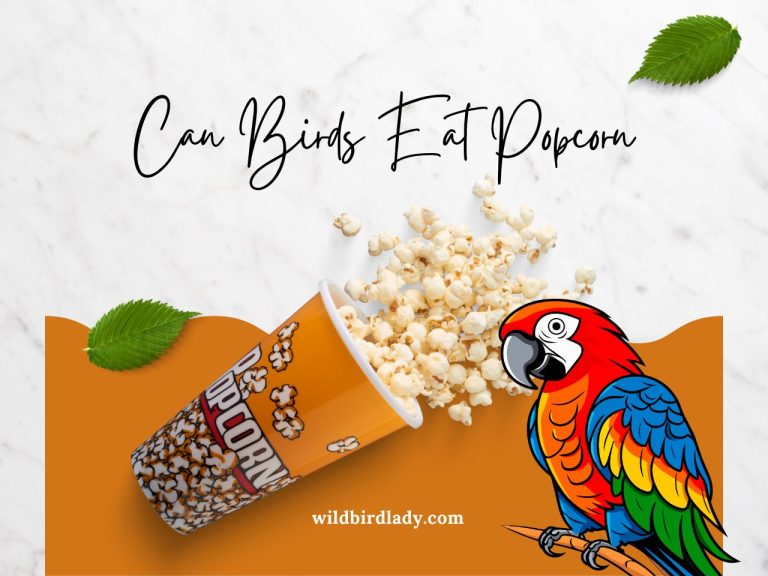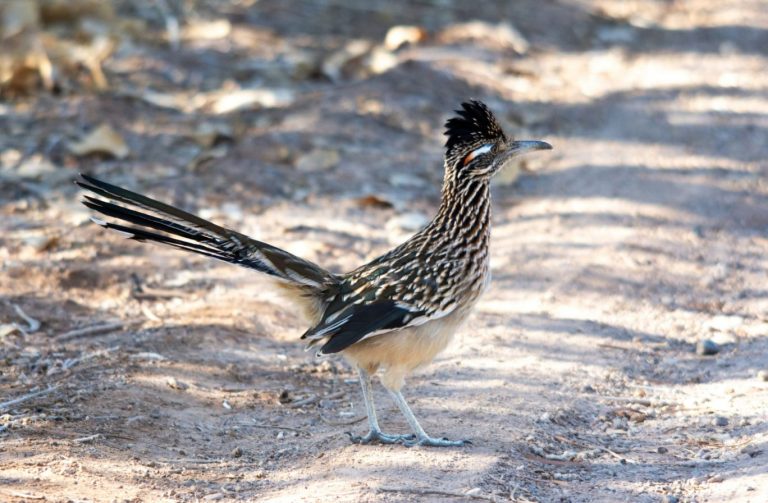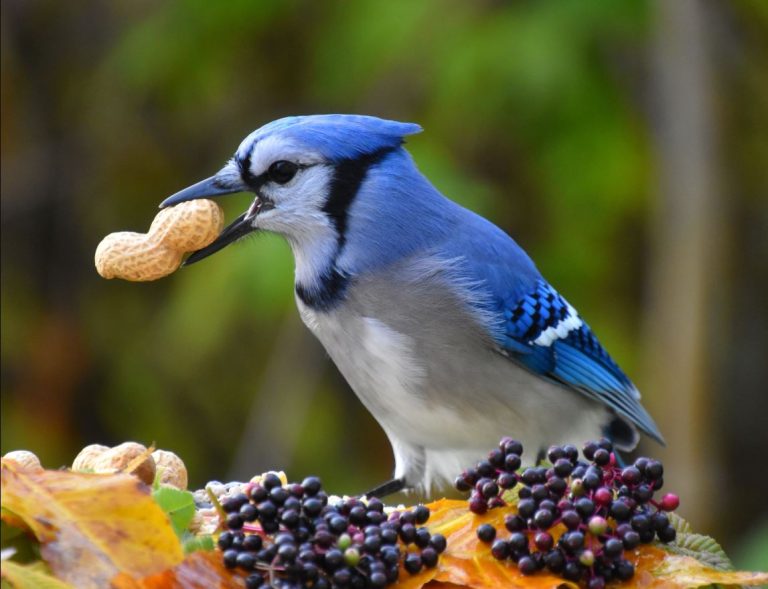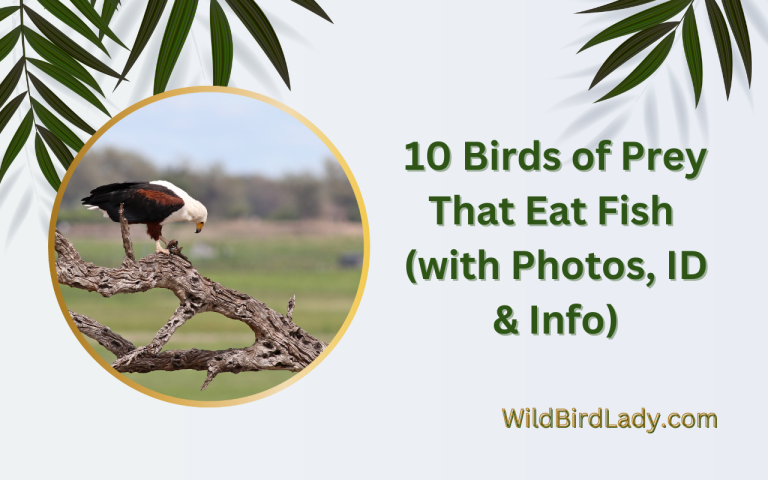What Do Swallows Eat? A Complete Guide to Their Diet in the Wild and Beyond
Swallows are among the most agile and graceful birds in flight. Known for their acrobatic aerial displays and forked tails, these birds are a familiar sight in open skies across the world. But one of the most intriguing aspects of their lives is their diet. So, what do swallows eat to fuel their tireless journeys?
As a birdwatcher with over 13 years of experience, I’ve observed swallows in various environments—from rural farmlands to suburban rooftops. This guide breaks down everything you need to know about swallow food habits, based on firsthand observations and reputable scientific sources.
Quick Summary: What Do Swallows Eat?
Swallows are primarily aerial insectivores—they catch and eat insects while flying. Their diet consists mainly of:
- Flies
- Beetles
- Mosquitoes
- Moths
- Wasps
- Dragonflies
- Flying ants and termites
In some cases, swallows supplement their diet with berries or eggshells for added nutrients.
1. Common Swallow Species and Their Diet
There are over 80 swallow species globally, but in North America, the most common include:
- Barn Swallow (Hirundo rustica)
- Tree Swallow (Tachycineta bicolor)
- Cliff Swallow (Petrochelidon pyrrhonota)
- Violet-green Swallow (Tachycineta thalassina)
Though slightly different in appearance and habitat, all these species are insectivores, relying almost entirely on flying insects for sustenance.
“In summer, Tree Swallows feed mostly on flying insects, especially flies, beetles, and midges.”
—Cornell Lab of Ornithology
2. Insects Make Up the Bulk of Their Diet
Swallows are uniquely equipped to catch flying prey. Their short bills open wide to scoop insects midair. Depending on the season and availability, they may consume:
| Insect Type | Examples |
|---|---|
| Flies | Houseflies, midges, gnats |
| Beetles | Click beetles, leaf beetles |
| Wasps/Bees | Yellowjackets, honeybees |
| Moths | Cabbage moths, clothes moths |
| Dragonflies | Darner, skimmers |
| Ants/Termites | Especially winged alates in swarms |
| Mosquitoes | A favorite in evening hours |
“Swallows feed exclusively in flight, scooping up prey with their wide mouths while performing acrobatic aerial maneuvers.”
—British Trust for Ornithology
3. Seasonal Shifts in the Swallow Diet
While insects are the primary food source year-round, their availability fluctuates with the seasons, prompting slight changes in diet:
| Season | Diet Focus |
|---|---|
| Spring | High-protein insects for breeding energy |
| Summer | Insects to feed chicks and maintain energy |
| Fall | Insects + occasional berries or seeds |
| Winter | Migration to regions with active insects |
Some species, like Tree Swallows, occasionally supplement their diet with berries, especially in early spring or late fall when insect populations are low.
“Tree Swallows have been known to consume berries, particularly bayberries, when insects are scarce.”
—Cornell Lab of Ornithology
4. What Baby Swallows Eat
Nestlings depend entirely on adult swallows for food. Parents catch soft-bodied insects and regurgitate them into the chicks’ mouths.
Typical prey fed to baby swallows includes:
- Small flies
- Mosquitoes
- Aphids
- Mayflies
- Flying ants
“Barn Swallows feed their young mainly flying insects, delivering them every few minutes during daylight.”
—Audubon Guide to North American Birds
In the first two weeks after hatching, chicks can receive hundreds of insect feedings per day.
5. What Swallows Eat in Winter
Most swallow species migrate to warmer regions like Central or South America during winter. In these locations, they continue feeding on flying insects such as:
- Termites (during swarms)
- Tropical flies
- Moths and beetles
- Winged ants
Swallows do not eat stored seeds or enter torpor like other birds. Instead, they follow the food.
6. What to Feed Swallows in Captivity or Rescue
If you’re caring for an injured swallow or an orphaned chick, it’s essential to mimic their natural diet as closely as possible.
Acceptable Foods:
| Food Type | Notes |
|---|---|
| Mealworms | Best live, gut-loaded preferred |
| Crickets | Small size for chicks |
| Fruit flies | Great for fledglings |
| Waxworms | Occasional treat due to high fat |
| Rehydrated insects | If live ones are unavailable |
🛑 Never feed swallows bread, milk, rice, or bird seed—they cannot digest these items and may suffer serious health issues.
Always consult a licensed wildlife rehabilitator before attempting to feed a wild bird.
7. How Swallows Catch Their Food
Swallows catch insects entirely on the wing using high-speed aerial maneuvers.
They:
- Glide low over fields, ponds, or even roads
- Snap their beaks open mid-flight
- Perform fast, acrobatic turns to follow prey
Their streamlined bodies, long wings, and wide gapes are perfectly adapted to this hunting style.
8. Do Swallows Eat Fruit or Seeds?
While most swallows do not eat fruit or seeds, there are rare exceptions:
- Tree Swallows have been observed eating wax myrtle berries and bayberries.
- These fruits offer some energy during cold spells or migratory stopovers.
However, berries are supplemental only—insects are still essential.
9. Nutritional Needs of Swallows
Swallows have incredibly fast metabolisms due to their constant flying. Their nutritional needs include:
| Nutrient | Source | Role |
|---|---|---|
| Protein | Insects | Muscle, feather growth |
| Fat | Insects (especially beetles) | Energy for flight/migration |
| Calcium | Crushed eggshells, insects | Bone and eggshell strength |
| Water | Moisture in live prey | Hydration |
Some species have been observed ingesting crushed eggshells or grit to supplement calcium, especially during breeding season.
10. How to Support Swallow Diets in Your Area
Want to help swallows thrive?
✅ Here’s how you can support their food supply:
- Avoid using pesticides or insecticides
- Maintain ponds or birdbaths to attract flying insects
- Grow native wildflowers and grasses to support insect populations
- Provide open airspace for foraging
- Install artificial nesting shelves for species like Barn Swallows
These actions indirectly increase insect availability, making your space swallow-friendly.
11. What Not to Feed Swallows
To prevent harm, never offer these foods to swallows:
- Bread or baked goods
- Dairy products
- Rice
- Human leftovers
- Bird seed (meant for granivores)
- Fruits (except limited berries)
Even well-meaning offerings can cause serious digestive issues or malnutrition.
12. FAQ About Swallow Diet
Q1: Do swallows eat mosquitoes?
Yes! Swallows consume mosquitoes regularly, especially during dawn and dusk.
Q2: Do swallows use bird feeders?
No. Swallows do not eat seeds or suet, so they are not attracted to standard feeders.
Q3: Can I feed swallows mealworms?
Only if you’re caring for a rescue. Live mealworms are acceptable in captivity, but swallows don’t naturally visit feeders.
Q4: What do swallows eat when insects are scarce?
They may consume small berries or migrate to warmer areas where insects are available.
Q5: Are swallows beneficial to the environment?
Absolutely! Their insect-heavy diet helps control pest populations naturally.
Final Thoughts
Swallows are fascinating, efficient aerial insectivores that play a crucial role in natural pest control. Their diet, focused almost exclusively on flying insects, reflects their aerodynamic design and constant motion. Supporting their presence means maintaining healthy insect populations, clean water, and safe nesting spaces.
Whether you’re admiring their flight from your backyard or helping a fledgling get back on its wings, understanding what swallows eat is the first step in appreciating these remarkable birds.

